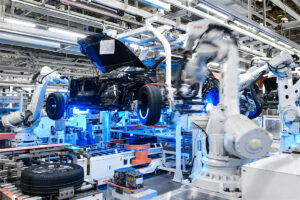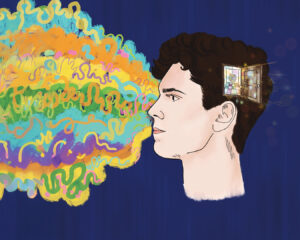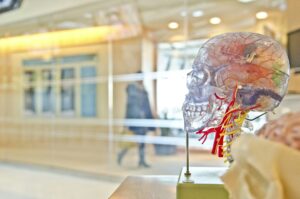
Kyoto, Japan — As global space programs advance, the dream of space tourism and planetary colonization becomes more tangible. However, the challenges posed by spaceflight, such as gravitational changes, circadian rhythm disruption, and radiation exposure, present significant hurdles. These factors not only affect human health, causing muscle wasting and decreased bone density, but may also impact reproductive capabilities.
Understanding the effects of spaceflight on germ cells—egg and sperm precursor cells—is crucial. These cells directly influence the next generation, and any irreversible damage could be passed on to offspring. Previous studies have shown abnormalities in embryonic stem cells exposed to space conditions, but the specific causes remained elusive.
This prompted a team of researchers at Kyoto University to investigate the potential damage to spermatogonial stem cells during spaceflight and the resulting offspring. Using stem cells from mice, which have a shorter reproductive lifespan than humans, the team embarked on a groundbreaking study.
Space Experimentation and Findings
The research team cryopreserved the mouse stem cells and sent them to the International Space Station (ISS), where they were stored in a deep freezer for six months. Upon their return to Kyoto, the cells exhibited no apparent abnormalities. After thawing and in vitro expansion, the team transplanted the cells into mouse testes.
Within three to four months, offspring from these frozen cells were born through natural mating. The newborn mice appeared healthy and exhibited normal gene expression, suggesting that cryopreserved germ cells maintain fertility for at least six months.
“It is important to examine how long we can store germ cells in the ISS to better understand the limits of storage for future human spaceflight,” says first author Mito Kanatsu-Shinohara.
Implications for Future Space Missions
The ability to cryopreserve stem cells from various species and still produce viable sperm is a promising development for future long-haul space missions. The research team initially hypothesized that spaceflight would be more detrimental to spermatogonial stem cells than cryopreservation due to their sensitivity to radiation. Surprisingly, the results indicated otherwise. While the concentration of hydrogen peroxide used in cryopreservation did kill some cells, minimal differences were observed between pre- and post-spaceflight germ cells.
Despite these encouraging findings, further assessments are necessary. Although the mice offspring appear normal and do not show abnormal DNA patterns, long-term health issues cannot be dismissed until the lifespan and fertility of these mice and subsequent generations are thoroughly analyzed.
“We still have some spermatogonial stem cells frozen on the ISS, so we will continue to conduct further analysis,” says Kanatsu-Shinohara.
Broader Context and Future Research
This study represents a significant step in understanding reproductive health in space, a critical aspect of human space exploration and colonization. The ability to preserve and utilize germ cells in space could pave the way for sustainable human life beyond Earth. However, the research also highlights the complexities of space biology and the need for comprehensive studies to ensure the safety and viability of future generations.
As space agencies and private companies continue to push the boundaries of space travel, the findings from Kyoto University provide a foundation for future research. The ongoing analysis of frozen spermatogonial stem cells on the ISS will further contribute to our understanding of the biological limits and possibilities of life in space.
The implications of this research extend beyond space exploration, offering insights into cryopreservation techniques that could benefit reproductive medicine on Earth. As scientists continue to unravel the mysteries of space and its effects on life, studies like this underscore the interconnectedness of science, technology, and the human spirit of exploration.







